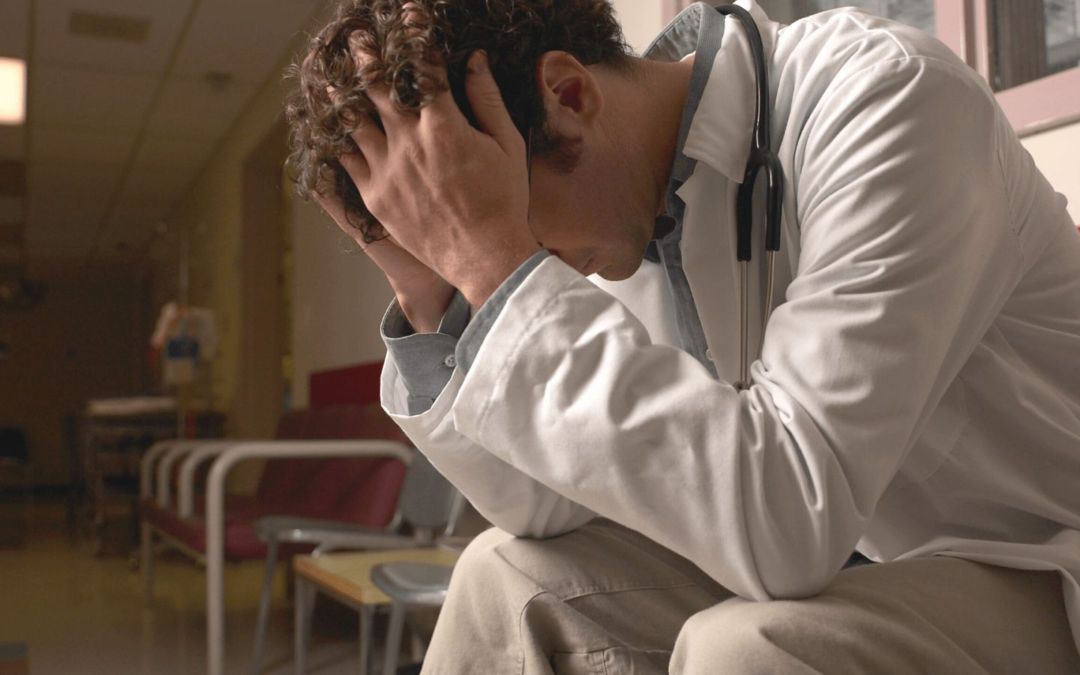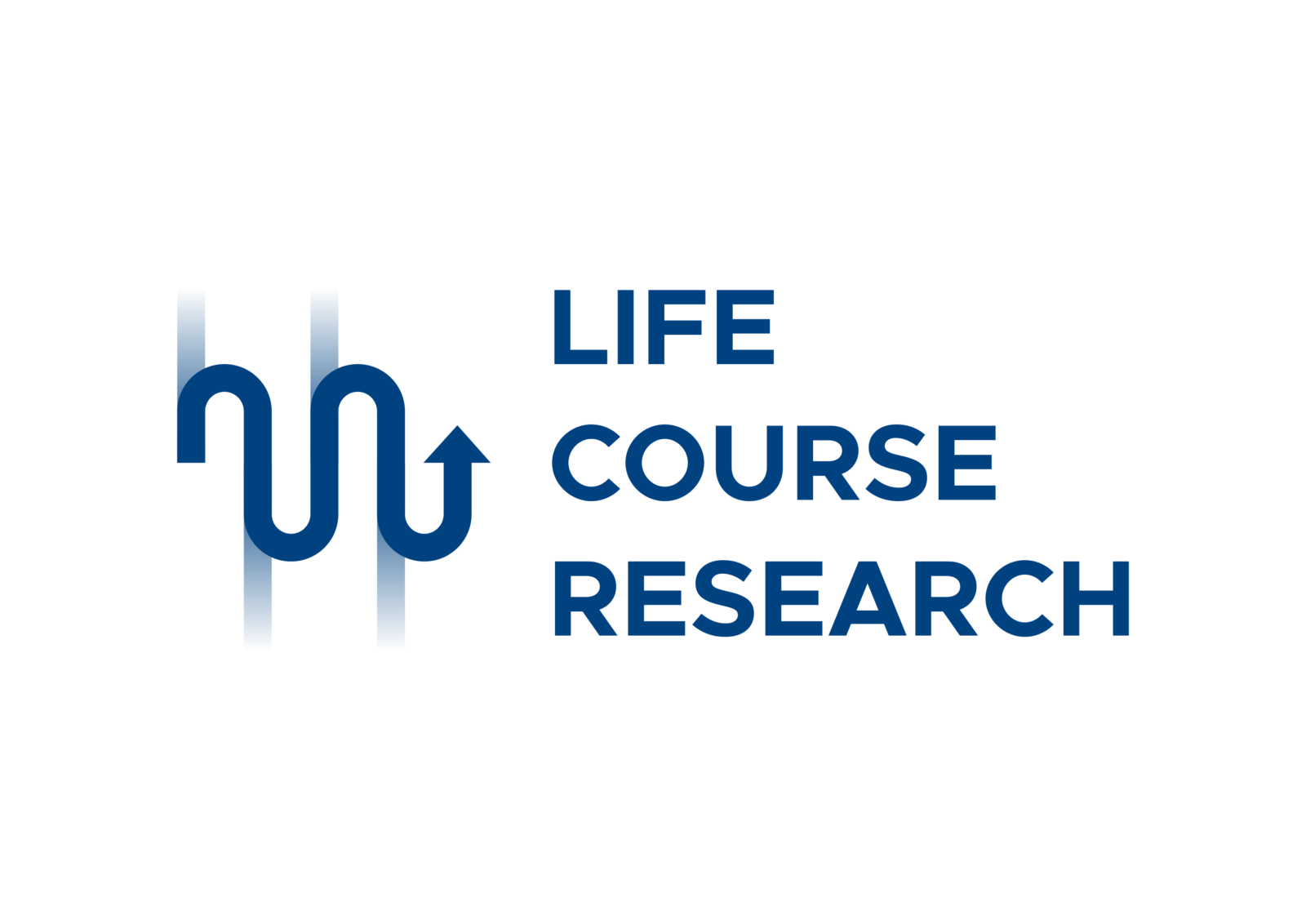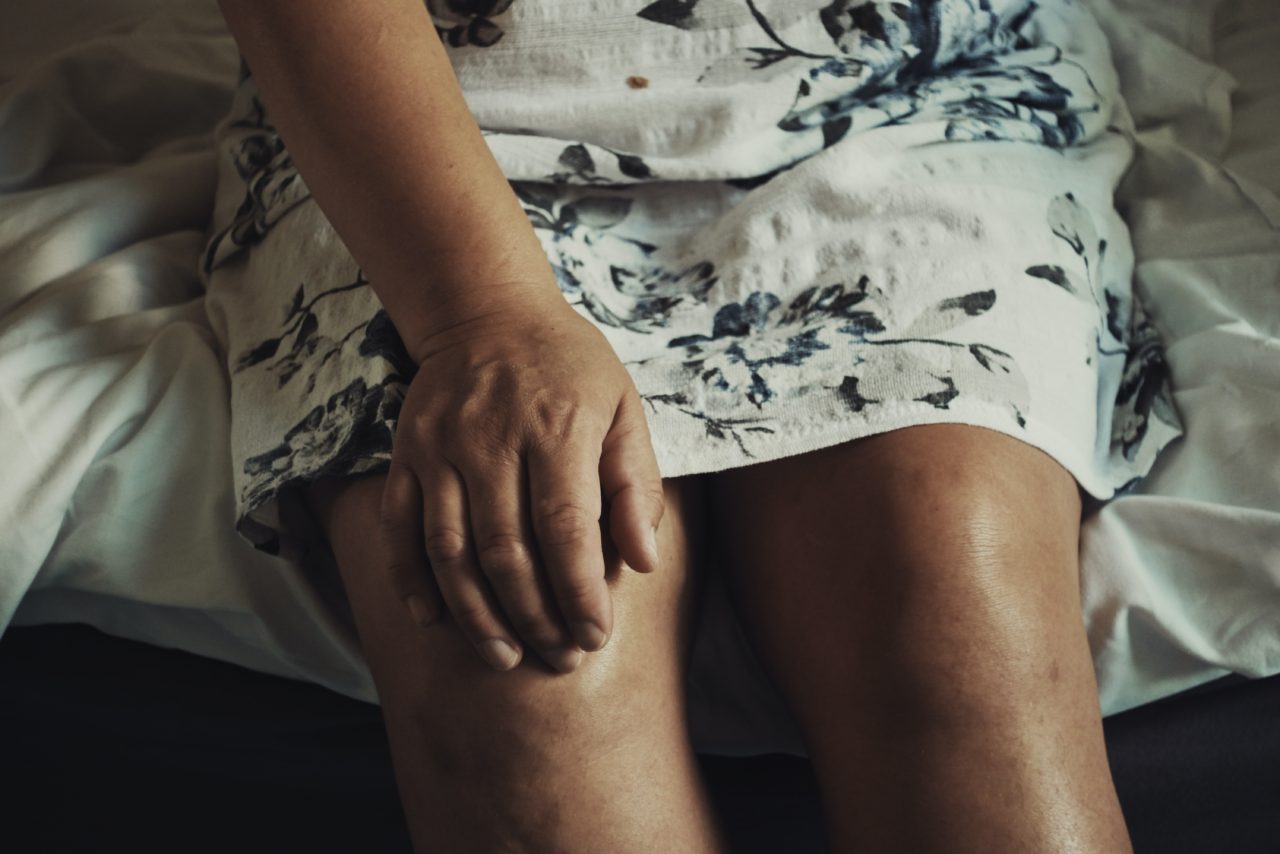Reference
Merlo G, Rippe J. Physician Burnout: A Lifestyle Medicine Perspective. American Journal of Lifestyle Medicine. 2021;15(2):148-157. doi:10.1177/1559827620980420
At a glance
A new study suggests that the daily practice of positive lifestyle habits may help improve the worrisome problem of physician burnout.
Background
Physician burnout refers to the gradual emotional depletion, loss of motivation, and reduced commitment of medical personnel.
Discussion of physician burnout was growing even prior to Covid-19. The topic has gained such interest that the International Classification of Diseases, 11th Revision (ICD-11), scheduled for publication in January 2022, will include burnout as an occupational syndrome. An increasing amount of literature shows that more than 50% of health care providers report burnout due to stressful working conditions. It is known, however, that improving the working conditions of physicians and medical staff is key to optimizing the performance of the entire healthcare system.
Working conditions have worsened during the Covid-19 pandemic, while national efforts to improve the structure, organization, and culture of healthcare have been disrupted by the pandemic emergency.
Perfect physician performance is routinely expected by patients as well as the medical culture, leading to an erosion of personal and professional boundaries. This represents a risk for burnout, especially for physicians who respond poorly to occupational stress. The type of specialty and its setting can have significant influence on the prevalence of burnout. Physicians who work in private practice, work on the frontline, are in the early stages of in their career, or are female are all at increased risk for burnout. Stress can lead to physical responses, such as increased cortisol, blood sugar imbalances, high blood pressure, loss of muscle tissue, changes in bone density, lower immunity, inflammatory responses, and structural changes in the brain. Resilience research shows that the most effective ways to deal with stress are through active or proactive coping mechanisms, such as the ones stressed in lifestyle medicine.
The characteristics of the study
In their review, Merlo & Rippe describe the complexity of the burnout construct and share current knowledge regarding physician burnout during the pandemic, including how personal vulnerability can be a contributing factor. The authors then described the lifestyle medicine strategies that may be helpful to medical personnel with burnout symptoms, suggesting a prevention model to reduce risk factors.
Main Findings
As there is no consensus on a definition of burnout, it could be considered a multidimensional work-related syndrome that involves emotional exhaustion, depersonalization, and a low sense of accomplishment from work.
Lifestyle medicine provides an evidence-based approach to address many of the individual risk factors associated with burnout. Strategies for individual-focused burnout risk reduction can target primordial, primary, secondary, and tertiary prevention based on the six pillars of lifestyle medicine: 1) using strategies to manage stress; 2) avoiding risky substances; 3) eating well; 4) being physically active; 5) improving sleep; 6) forming and maintaining healthy relationships. Before risk factors arise, lifestyle medicine interventions can stop burnout from developing by improving overall physical and mental health. This is the case of primordial prevention. Once risk factors are already present, primary intervention aims at identifying and reducing the source of burnout. Many of the individual-focused primary prevention strategies, such as peer group support, enhancing professional self-efficacy, and professional coaching interventions, should be introduced in the workplace. Secondary prevention aims at reducing the severity of burnout once it has been identified through screening programs. Examples of lifestyle interventions for secondary prevention are stress management programs that incorporate coping strategies to mitigate the effects of stress, such as mindfulness techniques. Tertiary prevention seeks to minimize the adverse consequences of burnout, in particular depression and anxiety disorders. Pillars of lifestyle medicine like adequate physical activity and a healthy diet have been shown to reduce depression and anxiety, while tobacco use should be discouraged.
Limits of the study
Discussion was limited to burnout among physicians, however other health care providers may also suffer from burnout.
What is new?
For the first time, a model of health prevention in the workplace is proposed based on the principles of lifestyle medicine and aimed at reducing burnout risk. The most innovative aspect of the model is the introduction of primordial prevention. Adopting daily healthy habits could decrease personal risk factors before the onset of burnout, helping physicians adapt positively to the stressors of the health care environment.
Perspectives
Lifestyle medicine must stress the need for physician self-care as a necessary part of patient care. The authors hope that lifestyle medicine physicians could play a more active role, for example, offering their services within healthcare facilities to help create environments that systematically reduce the likelihood of physician burnout.
Edited by Elisabetta Bravini e Carmela Rinaldi




